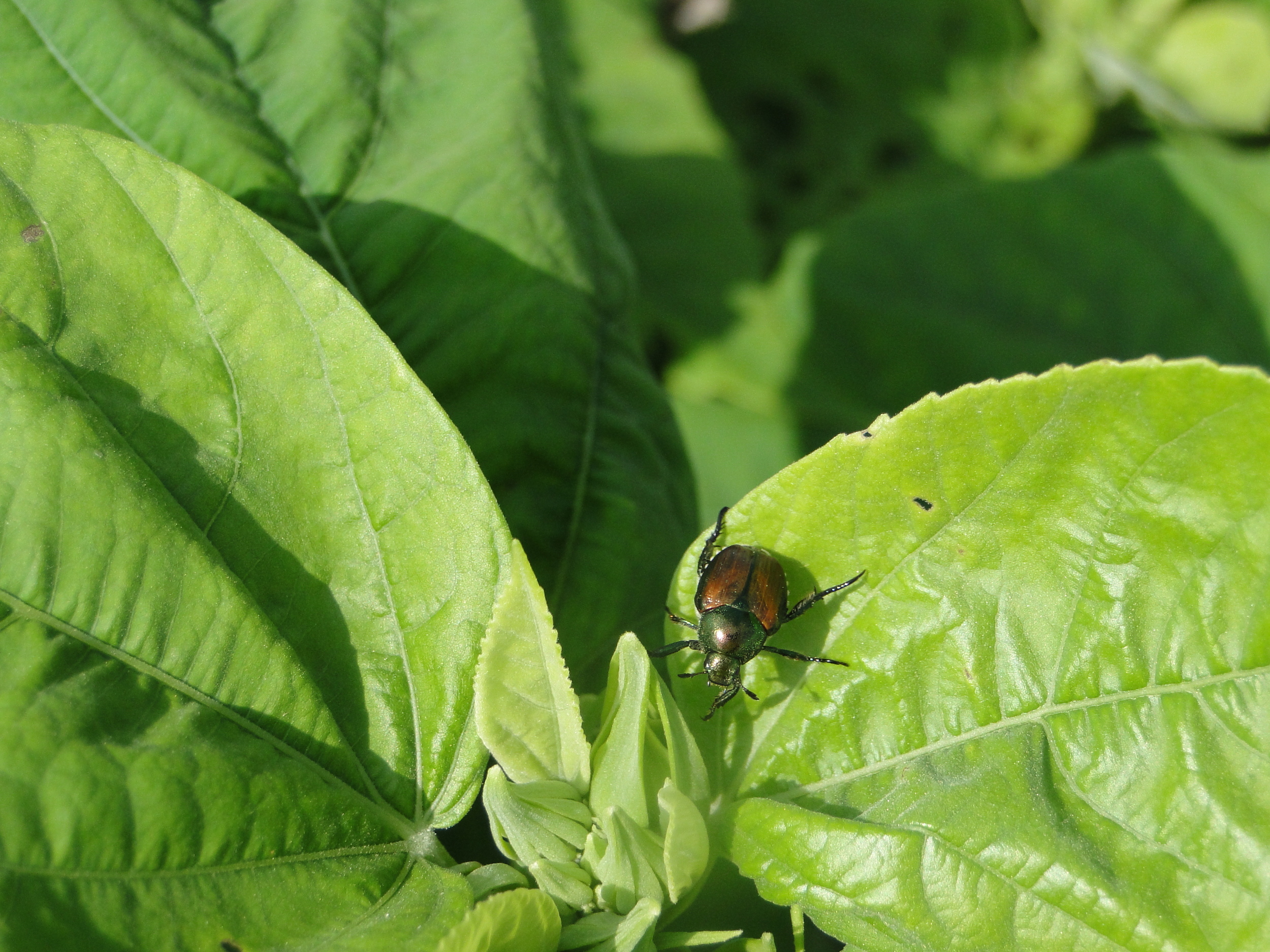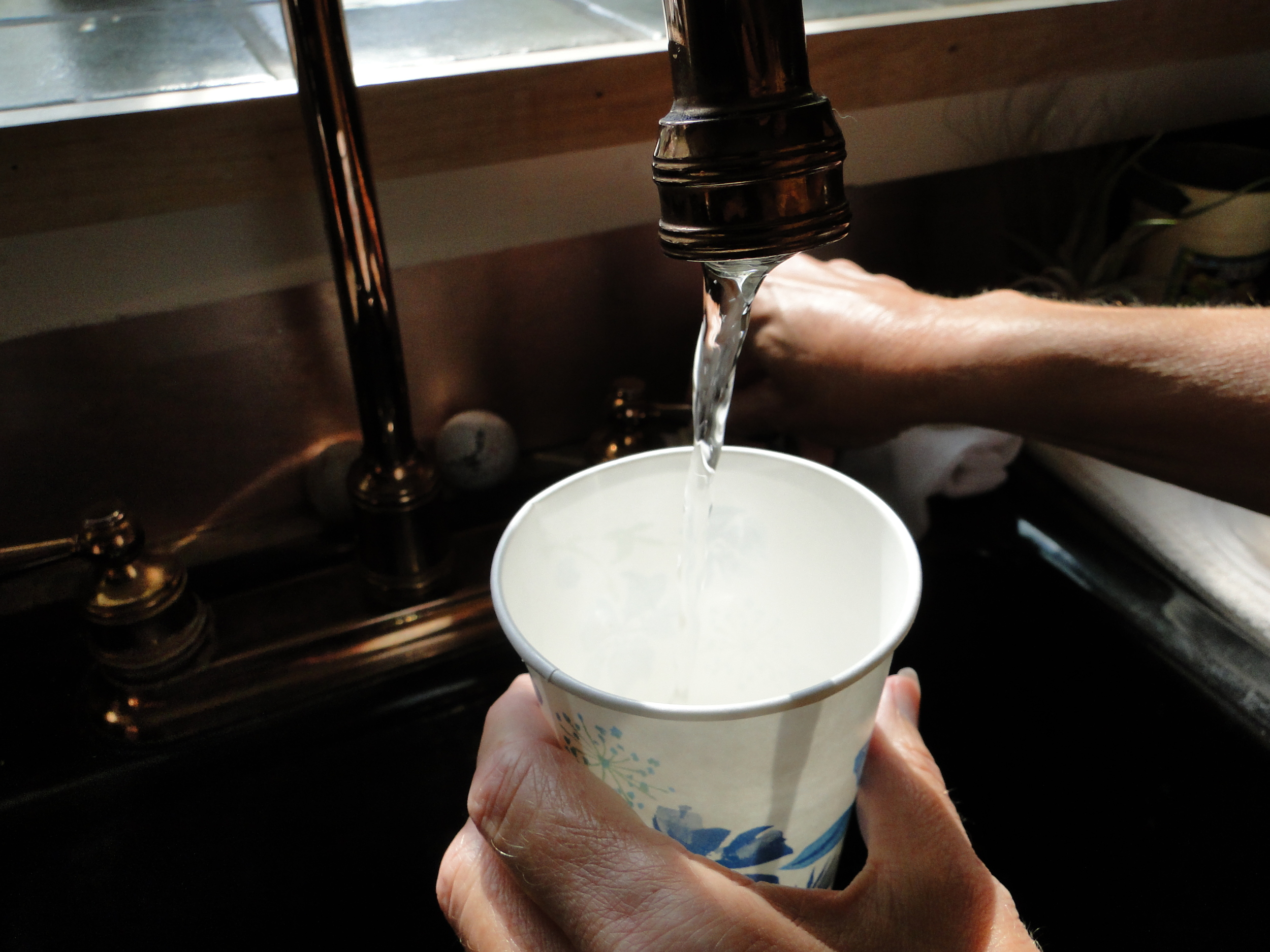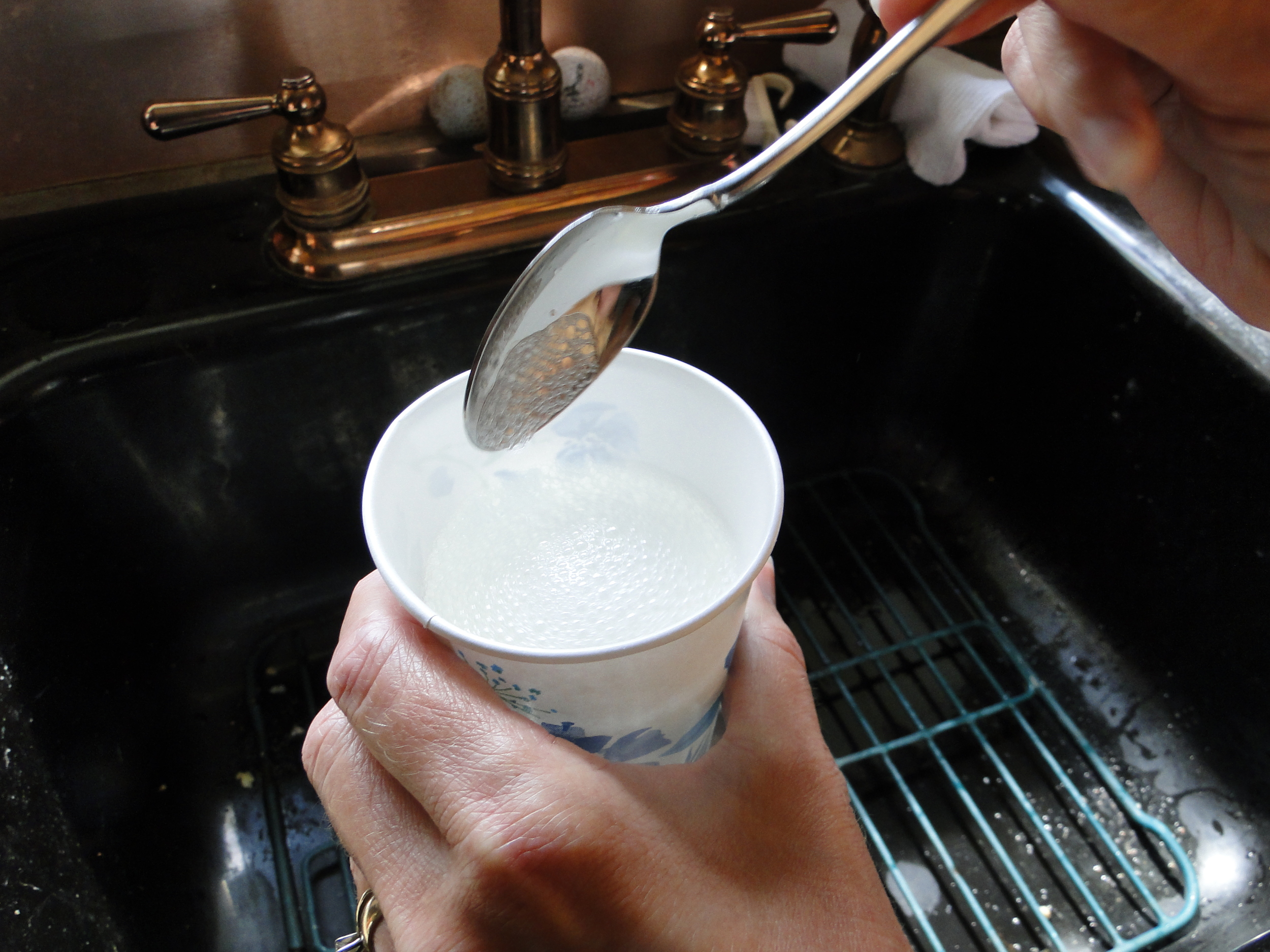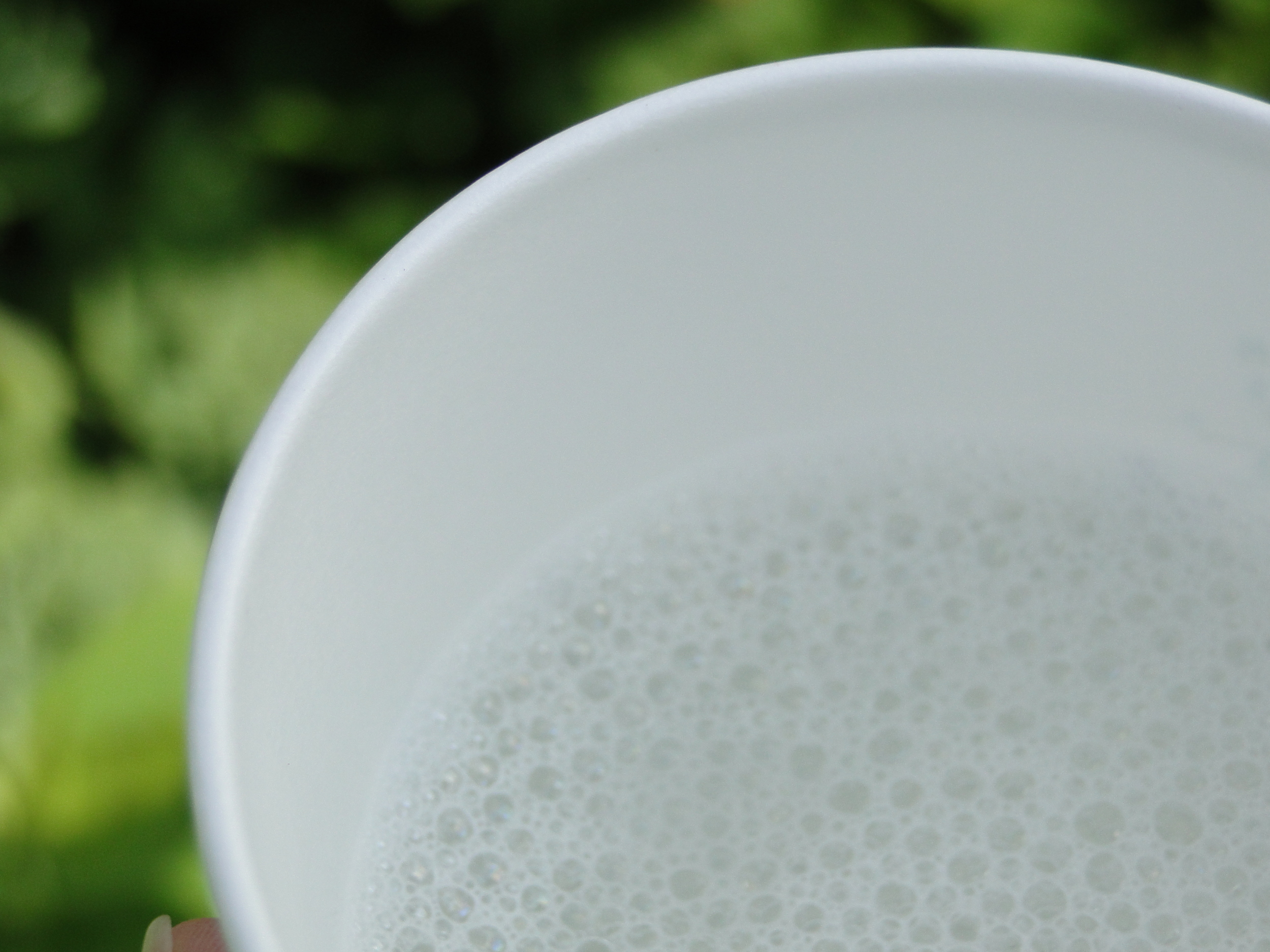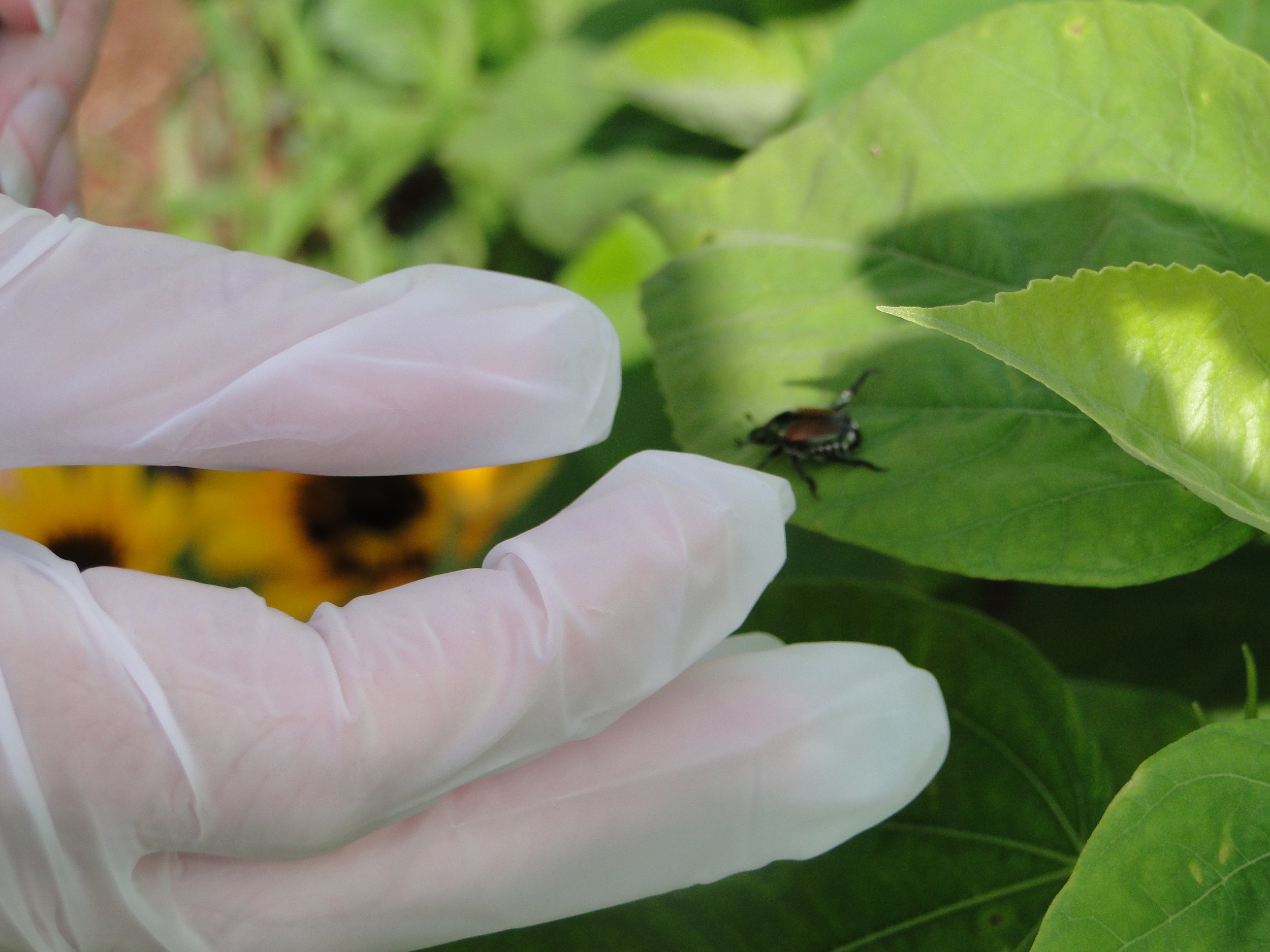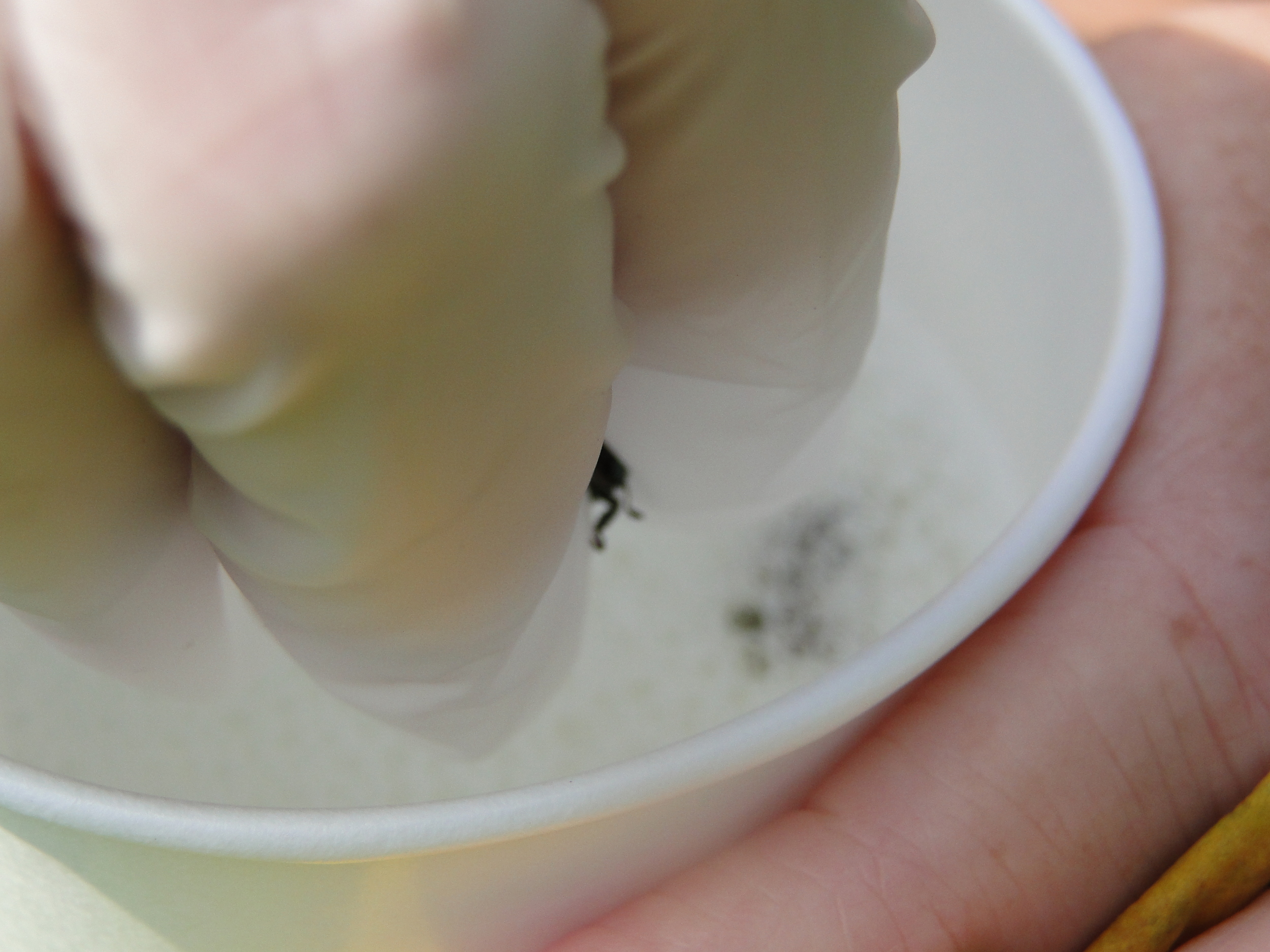If any of your plants look like this, you may have Japanese Beetle damage. There are many plants they enjoy to munch on and they are especially fond of plants such as Basil, Roses, Grapes and Hibiscus. If you’ve been noticing lots lately, it’s due to high temperatures. They tend to come out when the temps reach 85 degrees and above.
Control of Japanese Beetles
The most cost-effective way to eliminate Japanese Beetles is to hand-pick them early in the morning.
Pick off the beetles and drop into a cup of soapy water. We don’t recommend using beetle bags traps as they tend to attract more beetles to your yard.
Prevention of Japanese Beetles
Japanese Beetles lay eggs in late summer. The eggs hatch into larvae that overwinter in the soil. The larvae moves towards the surface of the soil/grass in the spring as it warms up, and eventually emerge into adult beetles. The larvae are white grubs that feed on the roots of grasses and soils.
They actually can cause a great deal of damage to your lawn. The best way to get rid of them permanently is to treat your lawn with an organic control. There are several methods to eliminate and/or reduce populations of Japanese Beetles. One method is an application of Milky Spore to your lawn. Milky Spore is a biological that will kill the grubs as the feed on the roots and soil. Other methods to prevent include include applying nematodes to your lawn, attracting native parasitic wasps and flies, and let your lawn go dormant during the hot summer months. Watering your lawn promotes the environment in which they breed.
As always we recommend the most natural and organic measures to eliminate this pest to enable you and your family to enjoy the outdoors.



